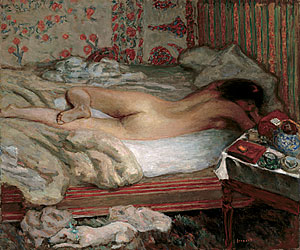Thoughts after viewing the painting known as Whistler’s Mother
James Abbott McNeill Whistler’s iconic painting was the signature work displayed in a recent exhibition in the National Gallery of Victoria (NGV) in Melbourne.
It was a small exhibition — unusual for the gallery — that included, in addition to the central painting, several of Whistler’s etchings and lithographs from the NGV’s own collection. There were also a number of works by others: Japanese prints that influenced the paintings of Whistler and his circle; paintings by Australian artists whose own works were influenced by Whistler; and a variety of furniture, vases and other curios from Victorian London.
I went to see the exhibition out of curiosity — to say that I had seen it, but not because I was particularly interested in the painting itself.
While I quickly changed my mind, my original lack of interest reflected that of many patrons of the Royal Academy of Art in London, who first saw the work in the exhibition of 1872. The few who did react strongly to it called it things like “the experiment of an eccentric” and a work of “incorrigible perversity”.
An overreaction? Yes; see below.
My own first impression of the painting was surprise at how big it is (1.6 m × 1.4 m), and that was followed by an awareness of the simplicity of the composition and how muted its colours. There are good reasons for both: simplicity because of Whistler’s love of Japanese art — in particular the uncluttered, almost two-dimensional woodcuts that were becoming popular in Europe at about that time; and muted because Whistler avoided working with strong light and shadow — the curtains in his studio were usually kept closed.
I also noticed that the painting contains very few definite edges: up close, most features (including the model’s face) emerge subtly out of the background, and those that from a distance appear detailed — the model’s lace cap and cuffs, for example — actually reveal very little detail.
For more historical information on Whistler’s Mother, see Wikipedia.
A couple of minor points
- The picture in the background of the painting is one of Whistler’s own etchings, completed in 1859 but not published until 1871 as one of the “Thames Set” (A Series of Sixteen Etchings of Scenes on the Thames and Other Subjects).
- The exhibition itself was something of a coup for the NGV, which reciprocated by lending Pierre Bonnard’s Siesta (La Sieste) from its own collection to the Musée d’Orsay.



